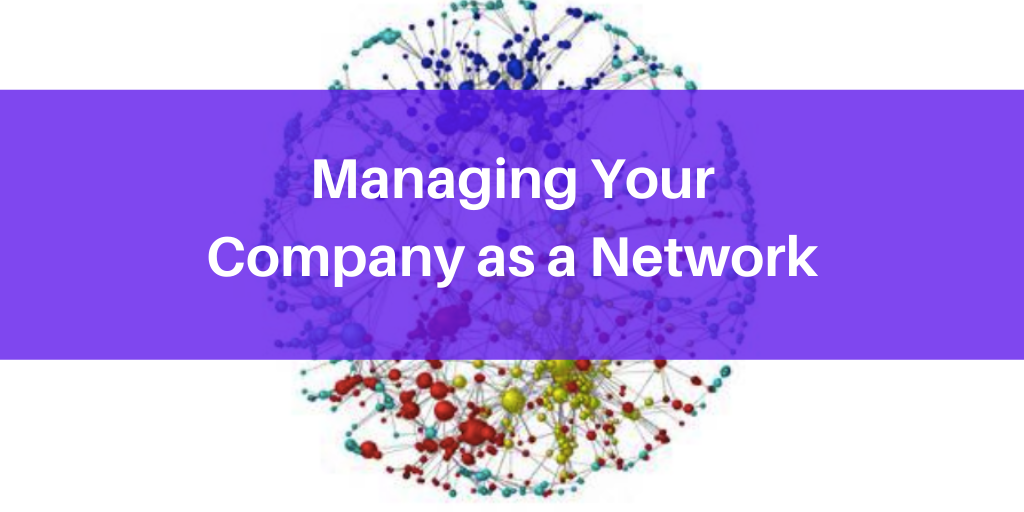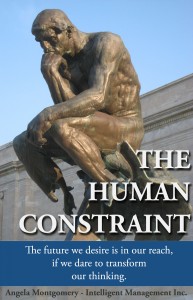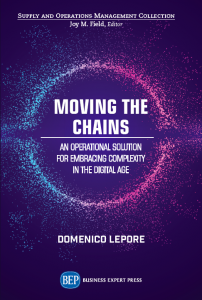
What if it were possible for leadership to have a complete overview and a way of managing their entire organization as one whole system through scheduling and synchronizing available competencies? This post by Dr. Giovanni Siepe is part of our run up to releasing something that changes the way companies can view and manage their organization.
Since I began to work with the Decalogue Methodology back in 2004, I have come to realize that everything related to the approach revolves around managing “finite resources”. In other words, we cannot do everything we want to do but we CAN do everything that is possible with the resources we have.
I did not start out as an “organizational scientist”. My background is in hard science and my research work was in theoretical physics, specifically General Relativity. After several years working in industrial management, thanks to my friend Domenico Lepore with whom I studied at university, I entered the field of organizational science. In the early 1990s, Domenico had developed a new management methodology, The Decalogue, based on his intuition that the work of two physicists, Dr. W. Edwards Deming and Dr. Eli Goldratt, could be woven together into a fully systemic approach. Then in 2004, after nearly ten years of in-the-field implementations and in preparation for a major new international project, Domenico invited me to study the implications of Mandelbrot’s math and Network Theory with the goal of taking the methodology to a new level. In the sixteen years that followed, I have dedicated my work and personal life to the study and the development of a comprehensive and coherent Theory of Management.
When Goldratt began to address the fundamental problem of “how to manage a set of limited physical resources”, his initial answer came from focusing on the mathematical aspects of the question. As a result, he developed two very powerful “algorithms” to manage finite capacity both for manufacturing operations (DBR, Drum-Buffer-Rope) and for the management of projects (CC, Critical Chain).
What we have done over the last fifteen years is to focus on the problem of finite capacity as an organizational problem. The Decalogue methodology already looks at organizations as systems built around a strategically chosen constraint protected by a buffer. How could we now “elevate” Drum Buffer Rope and the Critical Chain algorithm to achieve a smooth and coherent organizational transformation while making the best use possible of available resources?
Understanding the organization as a Network
In 2005 we began working on the integration of some elements of Network Theory into the Decalogue methodology. The starting point was the “Organization viewed as a System”, as defined by Deming in the 1950s, and this was already a fundamental element of the Decalogue approach. As Deming stated, organizations are systems, and a system is a “network of interdependent components that work together to accomplish the aim of the system”. The first question we asked ourselves was, what kind of network is an organization?
The answer we developed was straightforward and yet completely innovative: organizations are “networks with an aim” (or a goal), hence they are “oriented networks”, and the “direction” of this orientation is determined by the goal they pursue. This is critical because without this insight we can map networks in organizations, and some software products do it, but then we have no way of consistently improving performance through synchronization.
The first seed of a new platform
The insight that organizations are oriented networks was in itself a step forward in our understanding, but we had to figure out how to support this in a practical way. How could we make the idea of oriented network available to leaders and managers in a format they could use?
At the end of May we will be presenting something that Intelligent Management has developed to help companies achieve so much more with what they have.
Contact: intelligentmanagement@sechel.ws
SCHEDULE AN INTRODUCTORY CALL WITH US







Leave a Reply